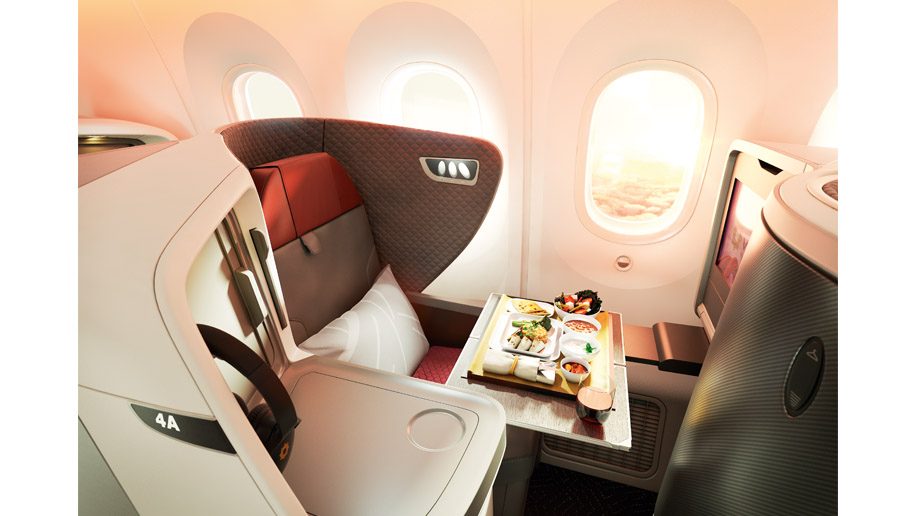
Vistara, the joint venture of Air India owner Tata Group and Singapore Airlines, is India’s first carrier to operate a widebody aircraft using sustainable aviation fuel (SAF) on a long-haul flight.
The ground-breaking ferry flight from Charleston International Airport in South Carolina, where Boeing manufactures 787 aircraft, to Vistara’s base at Indira Gandhi International Airport in New Delhi was operated in partnership with Boeing and GE Aerospace, which supplies the 787s engines.
The ferry flight was for Vistara’s fourth 787-9.
By using a blend of 30 per cent SAF with 70 per cent conventional jet fuel, Vistara was able to reduce approximately 150,000 pounds of CO₂ emissions over the fuel’s life cycle.
Vinod Kannan, Chief Executive Officer of Vistara, said: “We take immense pride in carrying out another pioneering initiative to operate a wide-body aircraft on a long-haul route using SAF, as we took delivery of our all-new Boeing 787-9 Dreamliner. This is an important milestone in our commitment towards achieving carbon neutrality.”
Salil Gupte, President at Boeing India said: “We congratulate Vistara on the significant achievement of becoming the first Indian airline to operate a wide-body aircraft, the Boeing 787-9, on a long-haul route using SAF. This is a major milestone in the Indian aviation industry’s journey towards decarbonization, and we are proud to have been a partner in this endeavour. Boeing remains committed to working with Vistara and other partners to promote the use of SAF in the Indian aviation industry and around the world, in support of our collective goal of achieving a sustainable future for air travel.”
SAF is a cleaner and more sustainable alternative to conventional jet fuel, lowering carbon emissions by up to 80 per cent over the fuel’s life cycle, depending on the feedstock. It remains, however, significantly more expensive to procure.
Vistara is currently working under the TATA Aviation Sustainability Working Group along with the other aviation arms of the TATA group for reducing carbon emissions. Vistara, along with other airline companies of the Tata group – Air India and AirAsia India, recently signed an MoU with the Council of Scientific and Industrial Research – Indian Institute of Petroleum to collaborate on the research, development and deployment of sustainable aviation fuels (SAFs).
The airline would also be jointly working through the Carbon Offsetting and Reduction Scheme for International Aviation (CORSIA), to lower CO2 emissions for international flights and to curb the industry’s impact on climate change.
Vistara is a 51:49 joint venture between Tata Sons and Singapore Airlines (SIA).
It started operations in January 2015 and today the airline has a fleet of 59 aircraft, including 45 Airbus A320 neo aircraft, eight A321 neos, two Boeing 737-800 and four Boeing 787-9 Dreamliner.
There are plans to merge Vistara with Air India under Tata’s stewardship.
Vistara serves its longest routes including to Frankfurt, Paris, Singapore and Tokyo with the 787-9 widebodies.
Last month, Vistara launched five-weekly flights between Mumbai and Mauritius.
Mauritius is the 15th international destination, and the first in Africa, in Vistara’s growing network.
The airline deploys its recently inducted A321LR aircraft to Mauritius. These come in a three-class configuration offering customers the choice of premium economy in addition to business and economy class on this route.
“We are delighted to take India’s finest airline to Africa, as we launch operations to Mauritius. The long-standing relations and strong trade ties between the two countries, in addition to the growing tourism potential of the destination, make it a perfect fit in our network. We are confident that customers will appreciate having the option of experiencing Vistara’s award-winning product and services on this sector,” said Vistara chief Vinod Kannan.











